Home>Garden Essentials>How To Collect Mullein Seeds
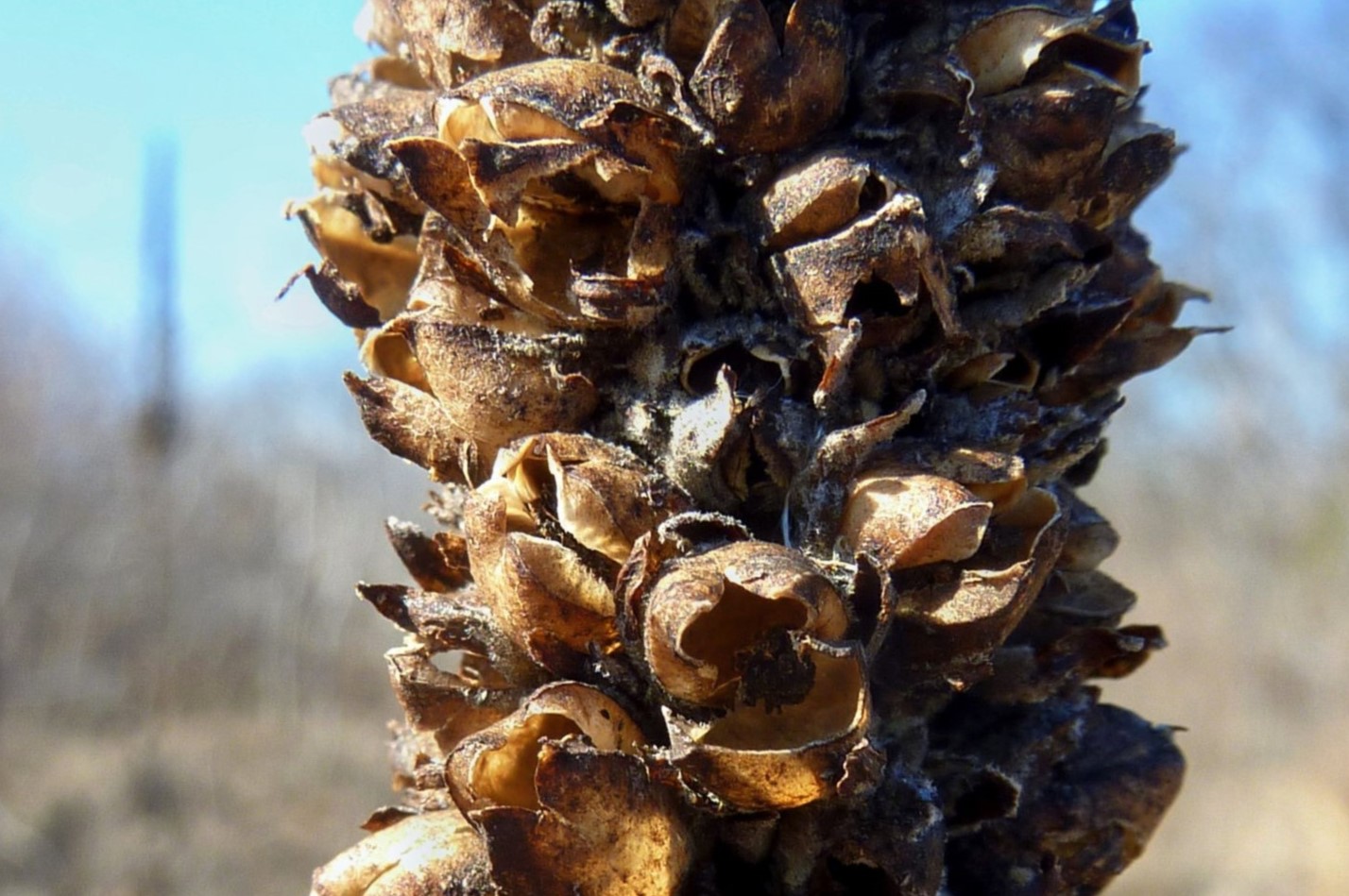

Garden Essentials
How To Collect Mullein Seeds
Modified: August 27, 2024
Learn how to collect mullein seeds in your garden and ensure a thriving harvest. Master the art of seed collection for a stunning, healthy garden.
(Many of the links in this article redirect to a specific reviewed product. Your purchase of these products through affiliate links helps to generate commission for Storables.com, at no extra cost. Learn more)
Introduction
Welcome to this comprehensive guide on how to collect mullein seeds! If you’re a passionate gardener or simply someone who loves exploring the wonders of nature, you’re in the right place. Mullein, known scientifically as Verbascum thapsus, is a fascinating herb that offers a plethora of benefits and beauty in your garden.
Mullein has a rich history and has been used for centuries in traditional medicine and herbal remedies. Its leaves are often used to make soothing teas that can alleviate respiratory issues, while its flowers are known for their vibrant yellow color and decorative charm. But one aspect of mullein that often goes overlooked is its seeds. Collecting mullein seeds not only allows you to propagate this wonderful herb but also opens up a world of possibilities for experimentation and sharing with fellow garden enthusiasts.
In this guide, we will explore the benefits of collecting mullein seeds, the best time to gather them, the supplies you’ll need, and provide you with a step-by-step guide on how to collect mullein seeds effectively. We’ll also share tips for storing the seeds and offer valuable precautions and considerations to keep in mind. So, whether you’re a seasoned gardener or just starting out, get ready to dive into the world of mullein seed collection!
Key Takeaways:
- Collecting mullein seeds allows you to grow new plants, support biodiversity, and create herbal remedies. It’s a fun and educational way to explore the wonders of nature and gardening.
- To collect mullein seeds, wait for the flowers to fade and the seed pods to turn brown. Use gloves and proper tools, then dry and store the seeds for future use. Happy seed collecting!
Read more: How To Harvest Mullein Seeds
What is Mullein?
Mullein, or Verbascum thapsus, is a biennial herb that belongs to the Scrophulariaceae family. Also known as Aaron’s Rod, Velvet Plant, or Candlewick Plant, mullein is native to Europe, northern Africa, and Asia. It has a tall, erect stem that can reach heights of up to six feet, making it an impressive addition to any garden.
The leaves of mullein are large, soft, and fuzzy with a silvery-gray coloration. They form a rosette during the first year of growth and then produce a tall flower spike in the second year. The flowers, which bloom in summer, are small and densely clustered, with a vibrant yellow color that adds a pop of brightness to the garden.
Aside from its ornamental appeal, mullein has a rich history of medicinal use. Historically, the leaves were utilized to make poultices for their soothing properties, providing relief for skin irritations and minor wounds. In addition, mullein leaves have been used as a remedy for respiratory issues such as coughs, bronchitis, and asthma.
One of the lesser-known aspects of mullein is its abundance of seeds. These small, brownish-gray seeds are housed within the flowers and can be collected once the flowers have finished blooming. Harvesting mullein seeds not only provides an opportunity for propagation but also allows gardeners to delve further into the wonderful world of this versatile herb.
Whether you’re looking to add a unique touch to your garden, explore herbal remedies, or simply appreciate the beauty of nature, mullein is a fascinating plant to consider. Now, let’s delve into the benefits of collecting mullein seeds and discover why it’s a worthwhile endeavor for any garden enthusiast.
Benefits of Collecting Mullein Seeds
Collecting mullein seeds offers a variety of benefits that go beyond the simple act of seed propagation. Here are some compelling reasons to consider gathering these tiny treasures:
- Propagation: The primary benefit of collecting mullein seeds is the ability to propagate this herb. Mullein seeds are relatively easy to germinate and can be grown into new plants, allowing you to expand your mullein collection or share the seeds with fellow gardening enthusiasts.
- Biodiversity: By collecting mullein seeds, you contribute to the preservation of biodiversity. Mullein is a native plant in many regions, and by promoting its growth, you help support local ecosystems and provide habitat for pollinators and other beneficial insects.
- Herbal Remedies: Mullein has a long history of use in traditional medicine. By collecting its seeds, you have access to a valuable resource for creating your own herbal remedies. The seeds can be used to make oils, tinctures, teas, and infusions that can help alleviate various ailments, such as respiratory issues, inflammation, and skin conditions.
- Educational and Scientific Exploration: Collecting mullein seeds opens up opportunities for educational and scientific exploration. Whether you’re a homeschooling parent, a biology student, or a curious individual, observing the growth and development of mullein from seed to plant provides invaluable insights into the natural world.
- Artistic Possibilities: Mullein seeds can also be a source of inspiration for creativity. The intricate patterns and textures of the seeds can be incorporated into various artistic endeavors, such as jewelry making, crafting, or even botanical illustrations.
These benefits demonstrate the value and versatility of collecting mullein seeds. Whether you’re driven by the desire to grow more plants, support biodiversity, explore herbal remedies, foster scientific curiosity, or unleash your artistic side, mullein seeds offer a wealth of possibilities. Now, let’s move on to the optimal time to collect mullein seeds.
When to Collect Mullein Seeds
Timing is crucial when it comes to collecting mullein seeds. To ensure a successful harvest, it’s important to know when the seeds are ripe and ready to be gathered. Here are some guidelines to follow:
- Observing the Flower Spike: Mullein plants produce a tall flower spike in their second year of growth. The flowers typically bloom from late spring to early summer. During this time, it’s essential to closely monitor the flower spike for signs of maturity.
- Monitoring the Flower Color: As the flowers age, they start to fade and change color. The vibrant yellow petals gradually transform into a brownish hue. This color change indicates that the flowers are past their prime and nearing the end of their lifecycle.
- Seed Pod Formation: Once the flowers have faded, seed pods will begin to develop. These small, round structures contain the mullein seeds. You’ll notice the seed pods forming at the base of the flower spike and gradually moving upwards.
- Seed Pod Ripening: As the seed pods mature, they will turn from green to a light brown color. This is a clear sign that the seeds are approaching their optimal ripeness level.
- Drying Period: After the seed pods have turned brown, it’s crucial to allow them to fully dry on the plant. This process usually takes a few weeks, depending on the weather conditions. It’s essential to avoid collecting the seeds while they’re still moist, as this can lead to mold or rot.
Timing can vary based on location and climate, so it’s recommended to closely observe your mullein plants and adjust your collection time accordingly. Once the seed pods are thoroughly dried, it’s time to gather the mullein seeds and move on to the next step in the process.
Now that you know how to determine the optimal time for collecting mullein seeds, let’s move on to the supplies you’ll need to ensure a successful harvest.
Supplies Needed for Collecting Mullein Seeds
Before embarking on your mullein seed collection journey, make sure you have the following supplies on hand:
- Gloves: Wearing gloves will protect your hands from any potential irritations caused by the fine hairs on the leaves and stems of mullein plants.
- Pruning Shears or Scissors: A sharp pair of pruning shears or scissors will make it easier to snip the mature seed pods from the mullein plant.
- Container or Bag: You’ll need a container or a bag to collect and store the harvested seed pods. It can be a small bowl, a paper bag, or any other suitable receptacle that allows for airflow to prevent moisture build-up.
- Label or Marker: It’s important to label your container or bag with the date and the type of seeds you’re collecting. This will help you keep track of your seed collection and ensure proper identification in the future.
- Drying Rack or Screen: Once you’ve collected the seed pods, you’ll need a drying rack or screen to lay them out and allow for proper airflow. This will facilitate the drying process and prevent the seeds from molding.
These basic supplies will equip you for a successful mullein seed collection expedition. Remember to use caution when handling the plants and tools to ensure a safe and efficient process. Now that you’re prepared with the necessary supplies, let’s dive into the step-by-step guide on how to collect mullein seeds.
To collect mullein seeds, wait until the flower stalk turns brown and the seeds are dark. Cut the stalk and shake it over a paper bag to collect the seeds.
Read more: When To Plant Mullein Seeds
Step-by-Step Guide to Collecting Mullein Seeds
Collecting mullein seeds may seem daunting at first, but with this step-by-step guide, you’ll be well-prepared to gather the seeds and embark on a successful harvest:
- Put on your gloves: Before you begin, it’s important to protect your hands by wearing a pair of gloves. This will prevent any potential skin irritation caused by the fine hairs on the mullein plant.
- Select mature seed pods: Inspect the mullein plant and identify the mature seed pods. These will be the brown, dried-out pods that have formed at the base and along the flower spike.
- Snip the seed pods: Using pruning shears or scissors, carefully snip the mature seed pods from the plant. Make sure to cut the stem just below the seed pod without damaging any adjacent seed pods or the plant itself.
- Collect in a container: Place the harvested seed pods into a container or bag that is labeled with the date and type of seeds. This will help you keep track of your collection and avoid mixing up different varieties if you have multiple mullein plants.
- Spread out for drying: Once you’ve finished collecting the seed pods, spread them out on a drying rack or screen. Ensure that the seed pods are in a single layer, allowing for proper airflow on all sides.
- Store in a dry, cool place: Allow the seed pods to thoroughly dry in a well-ventilated area for a couple of weeks. Once completely dry, transfer the seeds to a dry, airtight container and store them in a cool place until you’re ready to use or share them.
Following these steps will ensure you collect mature and viable mullein seeds that can be used for propagation or various other purposes. Remember to exercise patience and care during the collection process to preserve the quality of the seeds.
Now that you have successfully collected the mullein seeds, the next step is to properly store them to maintain their viability and freshness. Read on to discover tips for storing mullein seeds.
Storing Mullein Seeds
Proper storage is essential for maintaining the viability and longevity of mullein seeds. Follow these tips to ensure your collected seeds remain fresh and ready for future use:
- Dry thoroughly: Before storing mullein seeds, it’s crucial to make sure they are completely dry. This helps prevent mold or moisture issues that can lead to seed damage or loss of viability.
- Use airtight containers: Transfer the dried mullein seeds to airtight containers, such as glass jars or seed storage bags, to keep out moisture and contaminants. Ensure the containers are clean and dry before adding the seeds.
- Label and date: Properly label your containers with the date of collection and the specific type or variety of mullein seeds. This information will be helpful for future reference.
- Store in a cool, dry place: Find a cool, dark, and dry location for storing your mullein seeds. A cool basement, refrigerator, or a seed storage box in a consistently cool area of your home are ideal options.
- Avoid temperature fluctuations: Keep the seeds away from areas with fluctuating temperature or high humidity, as these conditions can compromise the seed viability.
- Check periodically: Regularly inspect your stored mullein seeds to ensure they remain in good condition. Look for signs of mold, pests, or any moisture build-up. If any issues are detected, take immediate action to address them.
With proper storage, mullein seeds can remain viable for several years, allowing you to save and share the seeds with fellow gardeners or start new plants in future growing seasons.
Now that you know how to store mullein seeds correctly, let’s explore some additional tips for successful mullein seed collection.
Tips for Successful Mullein Seed Collection
To maximize your success in collecting mullein seeds, keep the following tips in mind:
- Choose healthy plants: Select plants that are healthy and free from disease or pests. This will ensure that the collected seeds have a better chance of germination and producing vigorous plants.
- Collect from multiple plants: If possible, collect seeds from multiple mullein plants. This increases genetic diversity and improves the chances of obtaining desirable traits in the offspring.
- Avoid wet or damp conditions: It’s important to collect mullein seeds during dry weather or when the plants are dry. Wet or damp conditions can increase the risk of mold or seed spoilage.
- Inspect seeds before storage: Before storing the seeds, carefully inspect them to ensure they are free from pests, damage, or abnormalities. Discard any seeds that appear shriveled, discolored, or compromised in any way.
- Share and exchange seeds: Mullein seeds make excellent gifts for fellow gardeners or can be exchanged with other seed enthusiasts. Sharing seeds not only spreads the joy of gardening but also helps preserve genetic diversity in mullein populations.
- Keep detailed records: Maintain a record of your mullein seed collection, including the date of collection, seed source, and any relevant observations. This information will be valuable for future reference and evaluation of seed performance.
- Experiment and observe: Use your collected mullein seeds to experiment with different growing conditions, seed starting techniques, or companion plantings. Observe and document the results to enhance your gardening knowledge and improve future seed collection endeavors.
By following these tips, you’ll increase your chances of successful mullein seed collection and enjoy the rewards of growing this remarkable herb in your garden year after year.
Finally, let’s address some precautions and considerations when collecting mullein seeds.
Precautions and Considerations
While collecting mullein seeds can be a rewarding and enjoyable experience, it’s important to keep a few precautions and considerations in mind:
- Handling the plant: Mullein leaves and stems are covered in fine hairs that can cause skin irritation for some individuals. It’s advisable to wear gloves and long sleeves when handling the plant to minimize any potential discomfort.
- Respecting the environment: When collecting seeds from wild mullein plants, ensure you do so responsibly and ethically. Avoid over-harvesting and only collect from abundant populations. Respect private property and obtain permission if needed.
- Plant identification: Properly identify the mullein plant before collecting seeds to avoid confusion with similar-looking plants. Refer to reputable plant identification sources or consult with experienced gardeners if you’re uncertain.
- Legal considerations: Familiarize yourself with any local regulations or restrictions regarding the collection and transport of wild plants and seeds. Some areas may have regulations in place to protect native species.
- Seed viability: It’s important to acknowledge that not all collected mullein seeds will germinate successfully. Factors such as seed age, storage conditions, and genetic variability can impact seed viability and germination rates.
- Community seed banks: Consider donating a portion of your collected mullein seeds to community seed banks or organizations that focus on preserving plant diversity. This helps support seed conservation and future research and availability of rare varieties.
By taking these precautions and considerations into account, you can engage in responsible and sustainable mullein seed collection while fostering a deeper connection with nature and sharing the beauty of this herb with others.
To wrap up, collecting mullein seeds is a wonderful way to preserve the heritage and versatility of this remarkable plant. Enjoy the process, be mindful of the environment, and embrace the joy of growing mullein in your garden for years to come.
Wishing you a successful and rewarding mullein seed collection journey!
Read more: How To Collect Hibiscus Seeds
Conclusion
Congratulations! You have reached the end of this comprehensive guide on how to collect mullein seeds. We hope this article has provided you with valuable insights and inspiration for incorporating mullein into your gardening endeavors.
Mullein, with its tall stalks, fuzzy leaves, and vibrant yellow flowers, is not only a visually striking plant but also offers a wealth of benefits. From its historical use in traditional medicine to its ability to attract pollinators and support biodiversity, mullein is a fascinating herb to include in your garden.
By collecting mullein seeds, you can not only propagate this remarkable plant but also explore the world of herbal remedies, foster scientific curiosity, and unleash your artistic side. Through careful observation, proper timing, and effective seed collection techniques, you can ensure a successful harvest of mullein seeds.
Remember to gather the seeds at the right time when the flower spike has matured, the seed pods have formed, and the pods have turned a light brown color. Take the necessary precautions when handling the plant, and use the recommended supplies to aid in the collection process.
Once you have collected the mullein seeds, properly dry them and store them in a cool, dry place. Label the containers with important details such as the date of collection and the specific type of seeds to maintain organization and prevent confusion in the future.
Finally, be mindful of the precautions and considerations involved in collecting mullein seeds, such as respecting the environment, being aware of legal regulations, and understanding seed viability. Embrace the opportunity to contribute to seed preservation efforts and explore community seed banks to support the long-term availability of mullein varieties.
Now that you are equipped with the knowledge and guidance provided in this guide, it’s time to immerse yourself in the world of mullein seed collection. Enjoy the journey, experiment with different techniques, and share the joy of growing mullein with fellow garden enthusiasts.
Happy seed collecting!
Frequently Asked Questions about How To Collect Mullein Seeds
Was this page helpful?
At Storables.com, we guarantee accurate and reliable information. Our content, validated by Expert Board Contributors, is crafted following stringent Editorial Policies. We're committed to providing you with well-researched, expert-backed insights for all your informational needs.
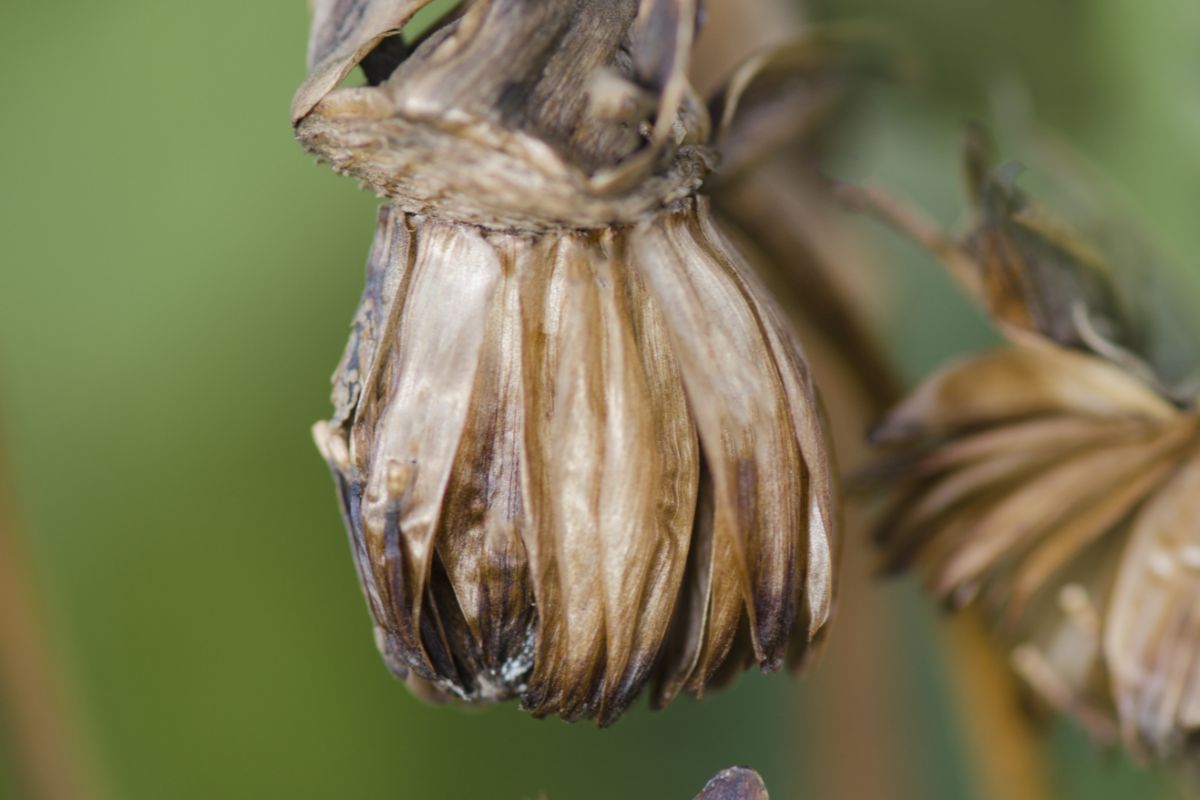
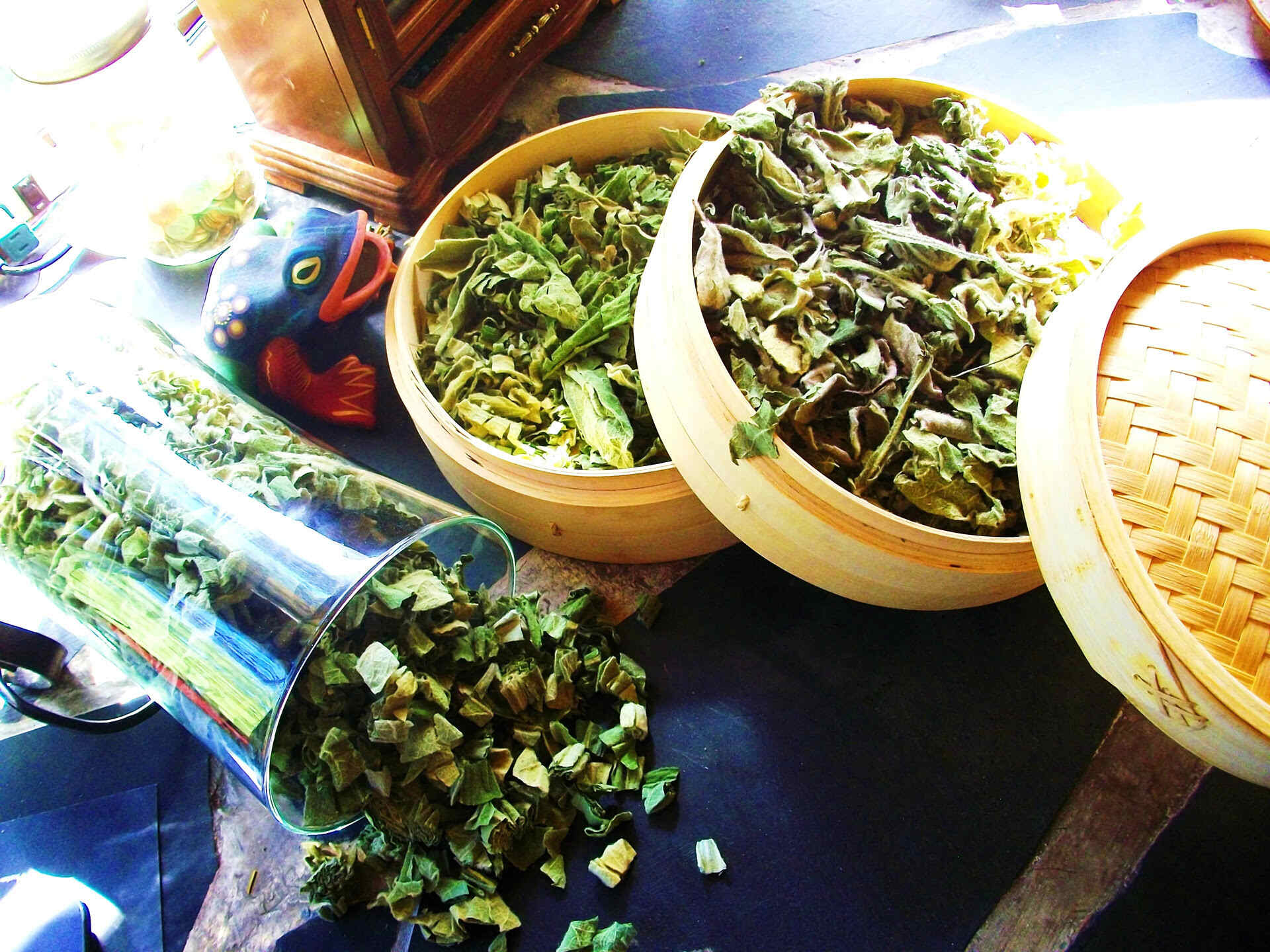

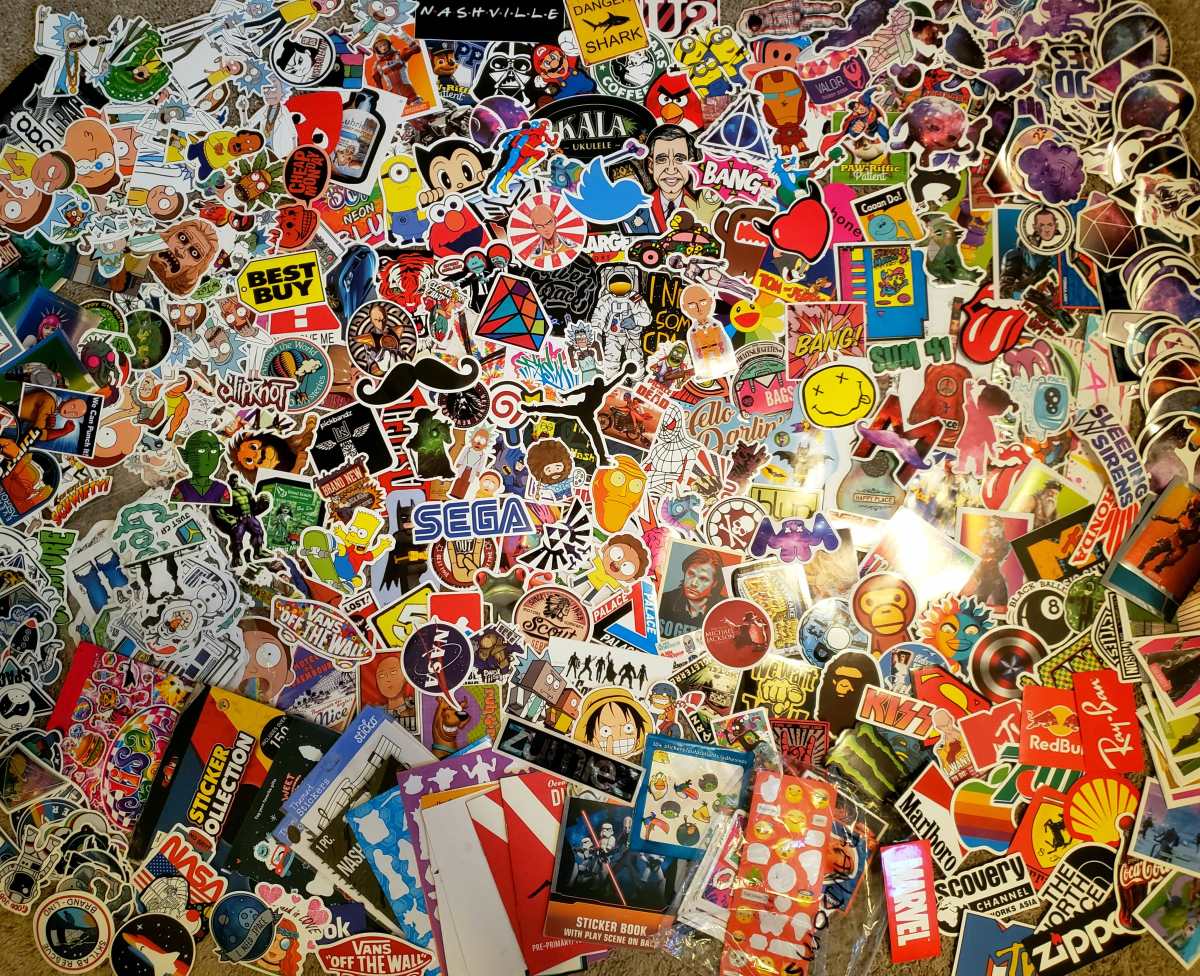
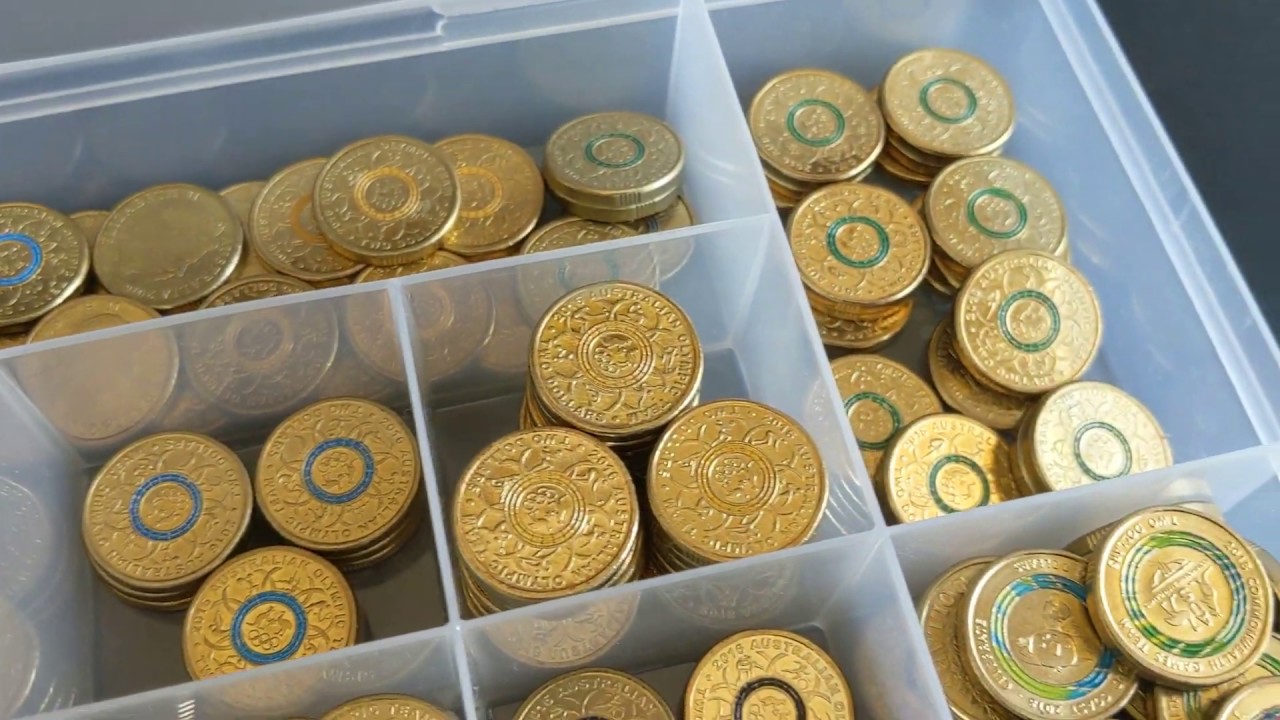
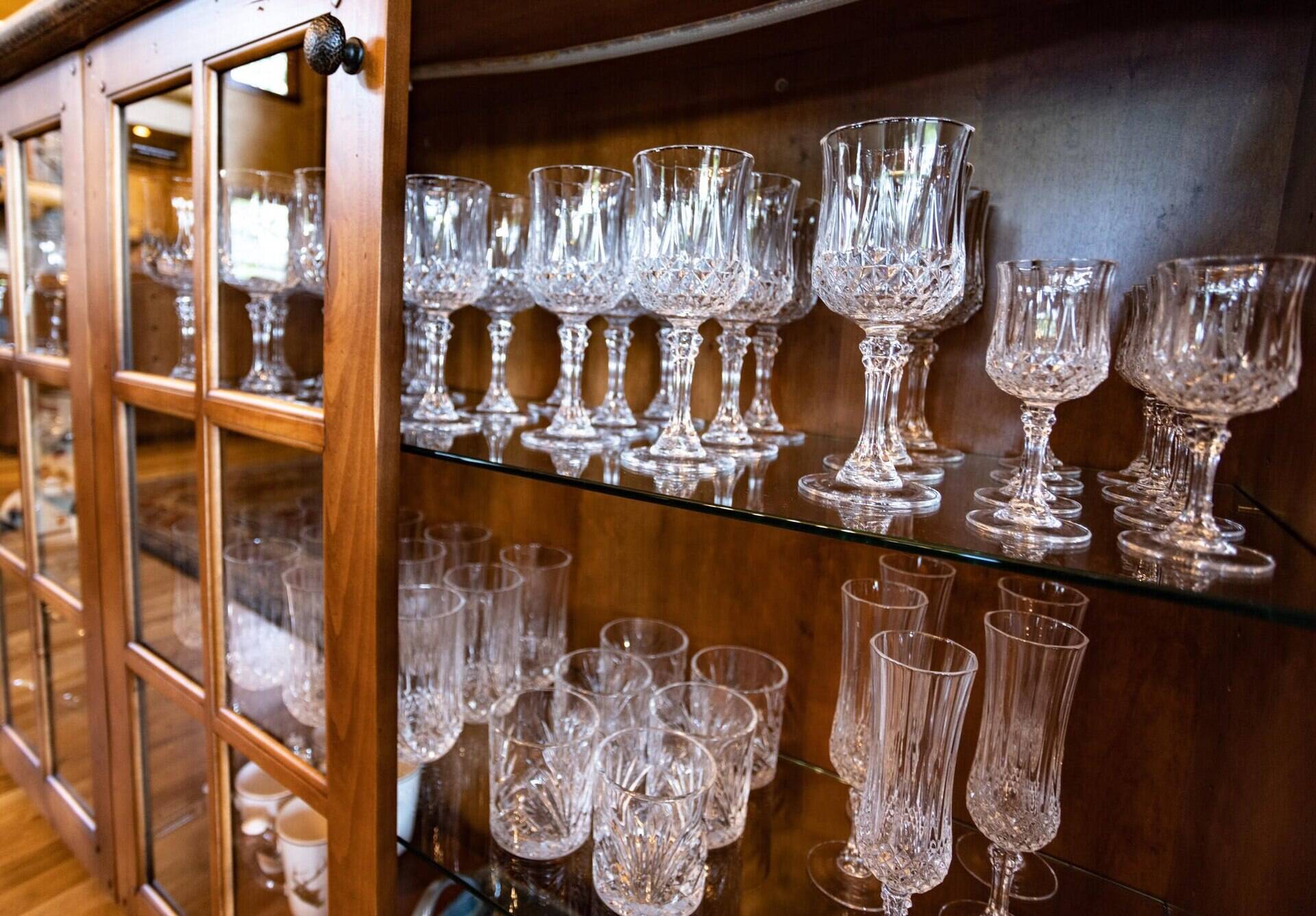

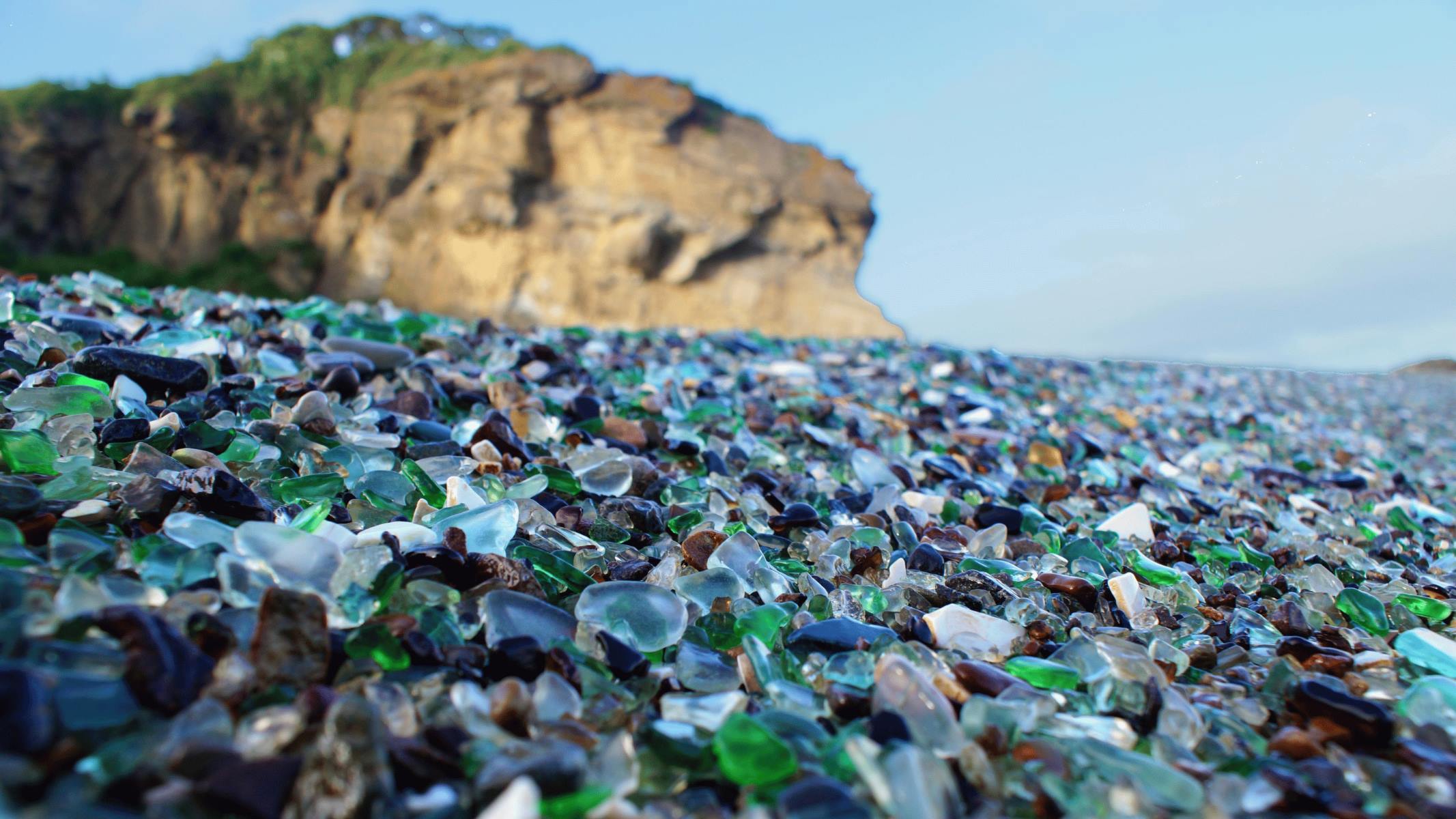

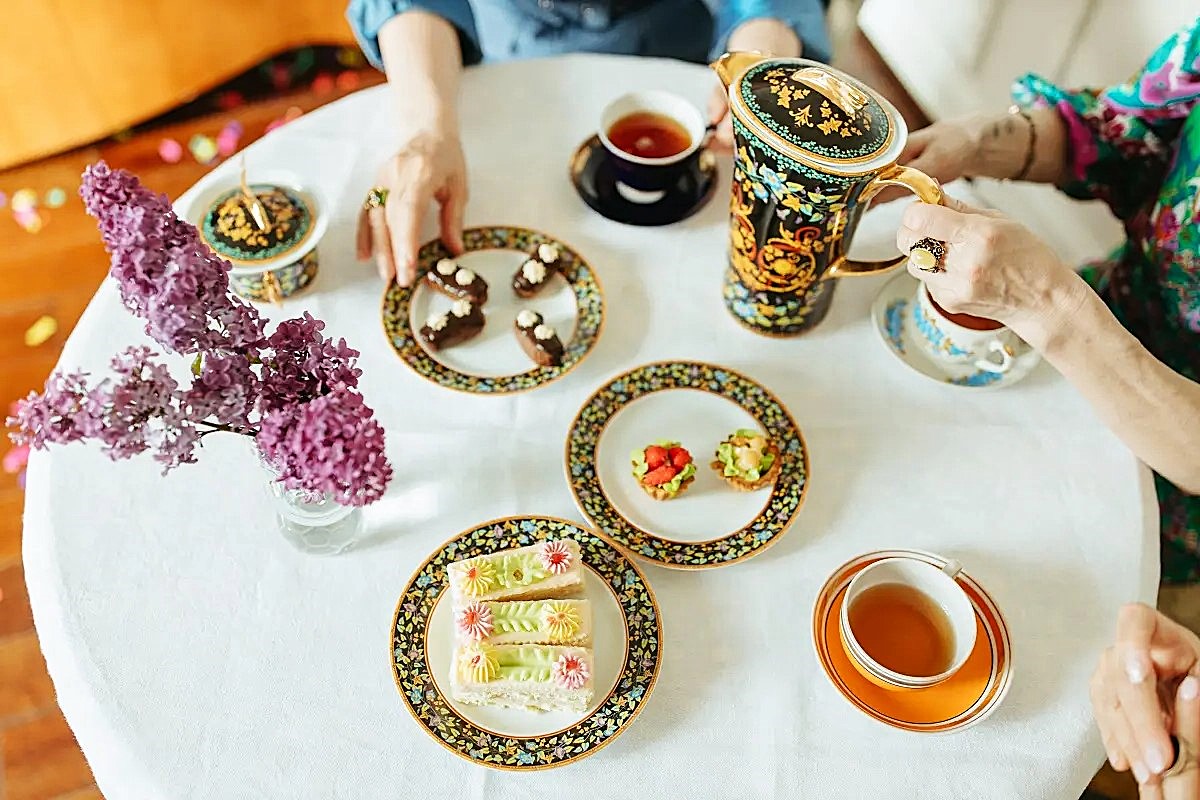
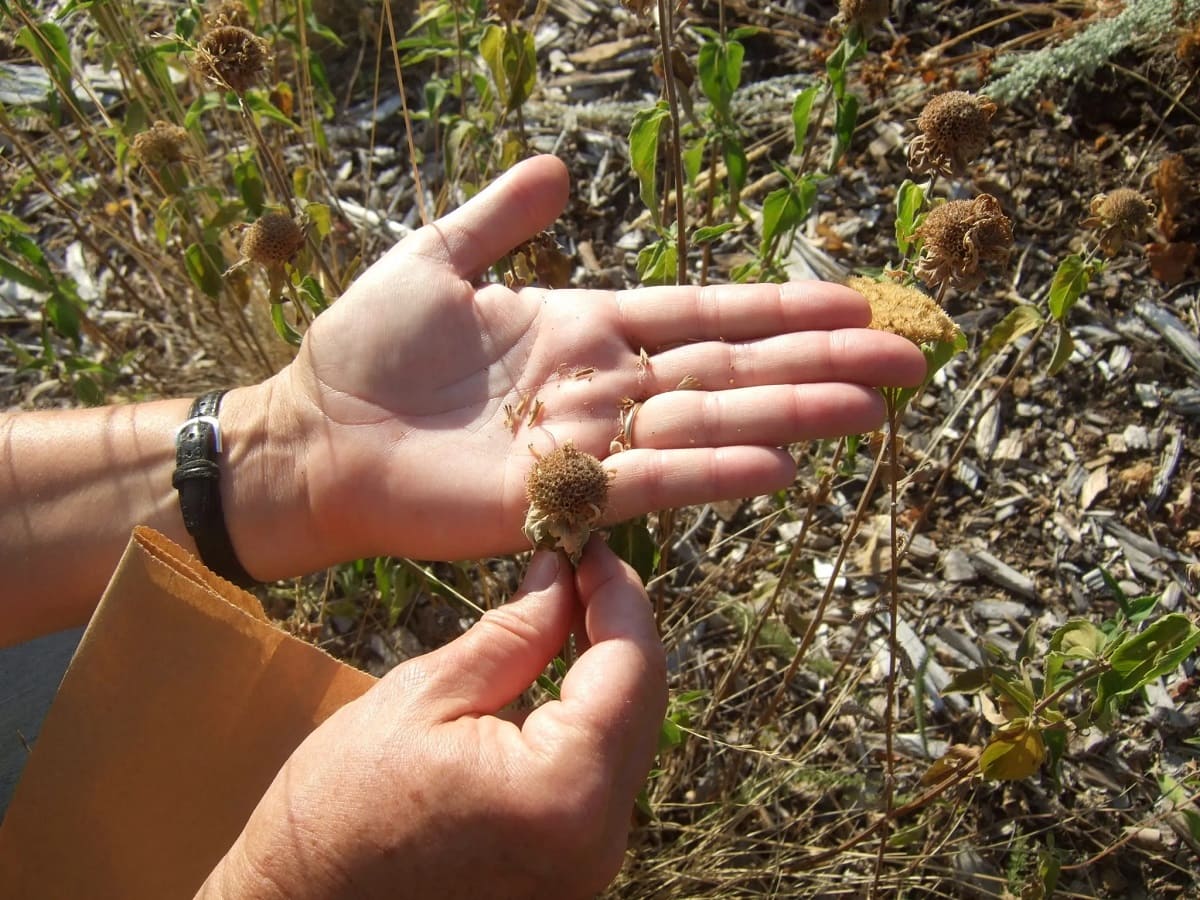

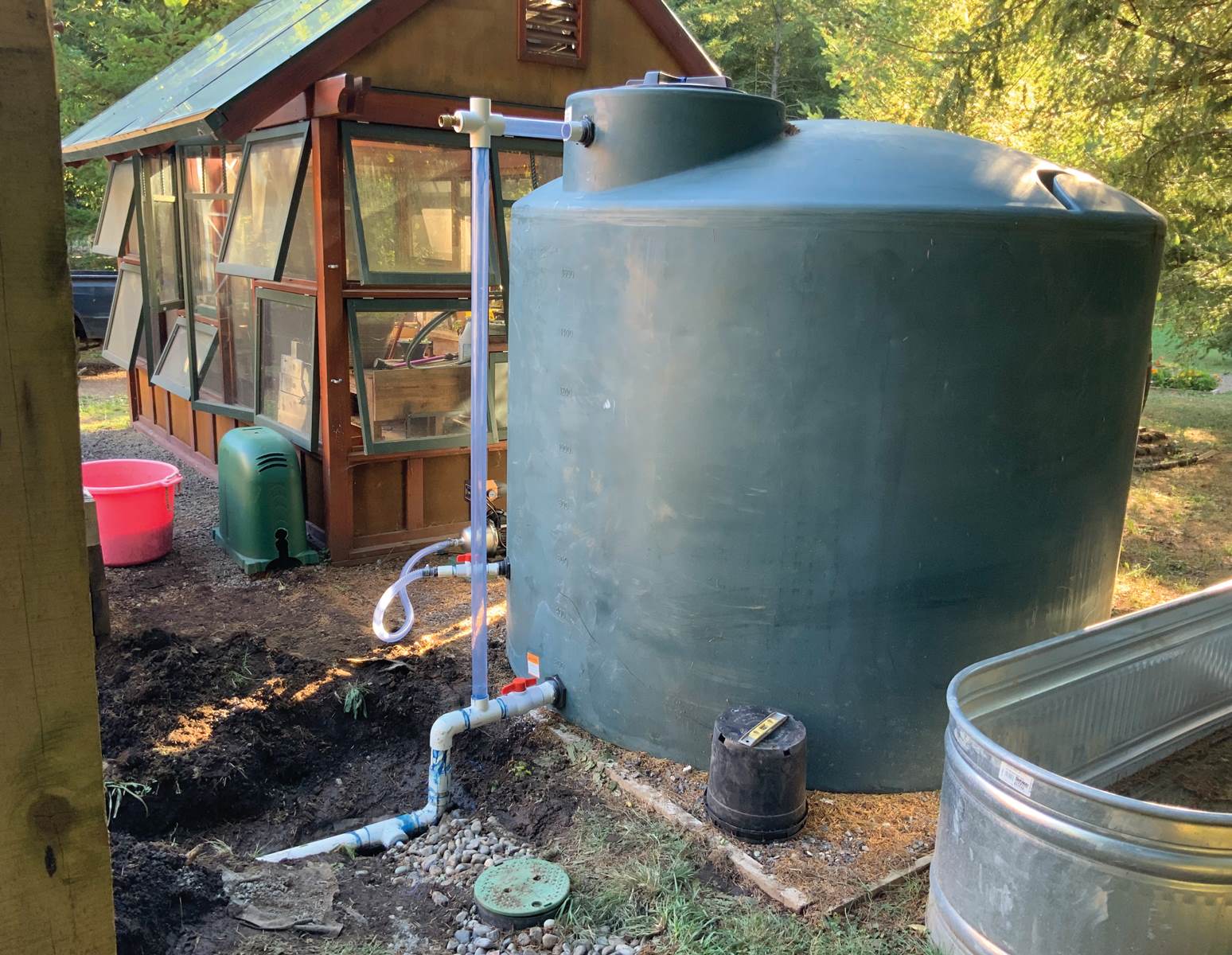

0 thoughts on “How To Collect Mullein Seeds”